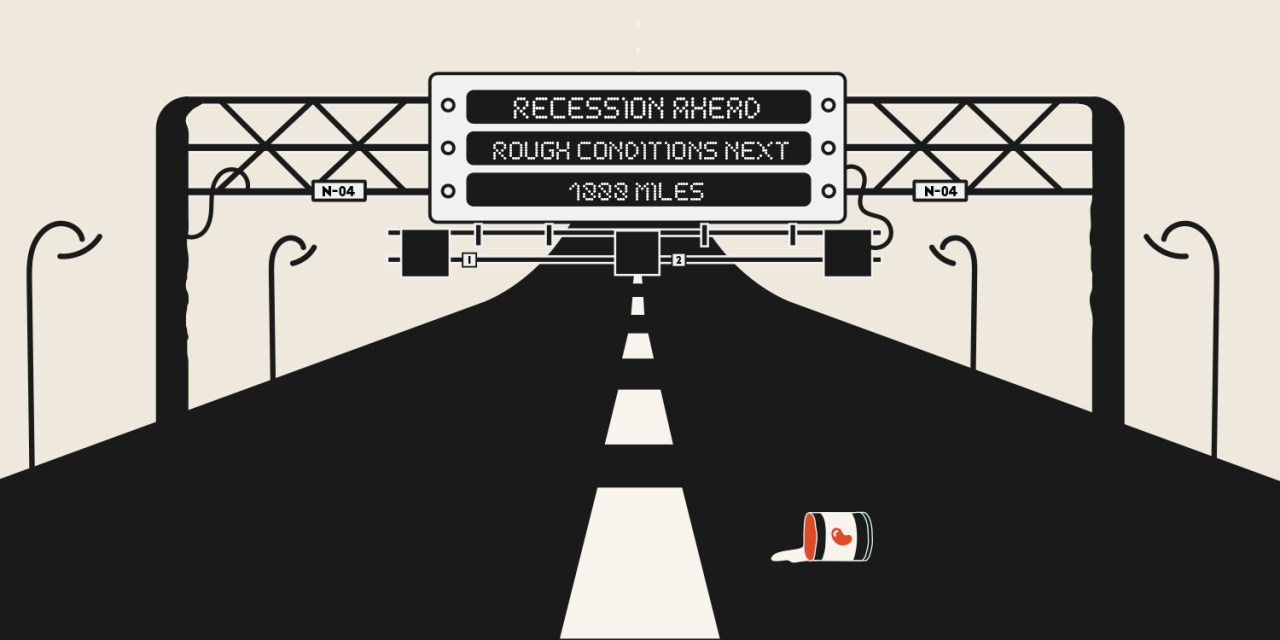SBA’s new loan programs, explained

U.S. lawmakers have signed off on the CARES Act, which provides disaster relief for both individuals and businesses. Now people are scrambling to figure out which programs are best for them and whether or not they’re eligible.
Most enticing about this large sum of stimulus funds is that much of it is forgivable. This means that if borrowers are able to document specific allocations of their loans to certain parts of the business, they will be forgiven.
Currently there is an application mad dash, and a lot of uncertainties. While many so-called experts have come forward to offer advice and guidance about this new Act, it all remains uncharted territory.
Here’s a rundown of some of the most important elements of the CARES Act.
Paycheck Protection Program
One new emergency loan program in the bill called the Paycheck Protection Program (PPP) was modeled on another Small Business Administration offering called 7(a) loans. These were made to give smaller businesses financial assistance in times of need. PPP is a more drastic extension. The government has allocated $349 billion for PPP and it is intended to cover costs businesses faced between February 15, 2020 and June 30, 2020.
One of the biggest sticking points with PPP is what the SBA considers a small business. The easiest explanation is a company with no more than 500 employees. But there are some difficult nuances hidden within that. For instance, under traditional SBA 7(a) rules, a company’s affiliations came into play; if the business had raised venture capital and the investors held more than 50% control of it, they would be considered an affiliate and their other businesses would also be included in the calculus.
Lawmakers have said, however, VC-backed companies will be included in the PPP program. Businesses with private equity backing, however, likely won’t be eligible for this program — at least for now.
Those that do qualify, can use the PPP to borrow 2.5 times their average monthly payroll costs. This is quantified by looking at financials over the past 12 months, and includes all employees and contractors up to $100,000 as well as the cost of certain benefits. The PPP loan amount cannot exceed $10 million.
What about forgiveness?
PPP is enticing to many businesses because of its forgiveness component. For one, more than three-quarters of the loan’s sum must be used for payroll costs in order to qualify for forgiveness.
According to the SBA, payroll costs include “salary, commissions, tips … [and] certainly employee benefits including sick leave and health care premiums” as well as state and local taxes.” Other expenses eligible for forgiveness are mortgage interest and rent payments (for spaces used after February 15), as well as utility costs for those spaces.
The Act also specified that if businesses performed certain actions they would receive forgiveness penalties. These include reducing the headcount of full-time employees or cutting their pay beyond 25%.
Are there other programs?
Another new offering that many businesses are seeking out is called the Employee Retention Credit. This is given to a business that has had its operations suspended because of a government order or has seen a “significant decline in gross receipts during the calendar quarter,” per the IRS.
Those that qualify receive a tax credit equal to 50% of the wages paid to employees. The maximum amount of wages considered is $10,000, meaning that businesses can receive up to $5,000 in tax credits per employee.
What are the biggest problems right now?
The biggest issue with all of this is the unknown. The SBA has given small businesses loans for decades, but never to this degree. While loans are being handled by individual SBA-approve lenders, that likely won’t reduce the bottleneck.
At minimum tens of thousands of businesses are going to submit applications over the next week — the SBA will have to quickly and efficiently comb through them, and there’s no indication yet for what their sticking points will be for qualifying. ”
“This may overwhelm the system,” said Joseph Lynyak, a partner at Dorsey & Whitney LLP during a teleconference last week. “Banks may soon exceed their lending capability due to their capital and funding relationships,” he went on. Essentially, given the scope and scale of the situation, the regulations and operating procedures have yet to materialize.
While it’s an unknown and frightening world for many of these businesses, the only way forward is by diving in. There’s no indication yet what will work, what won’t and if the system is able to handle the increased demand. The next few weeks will be the real test — and startups will certainly be holding their breath.

